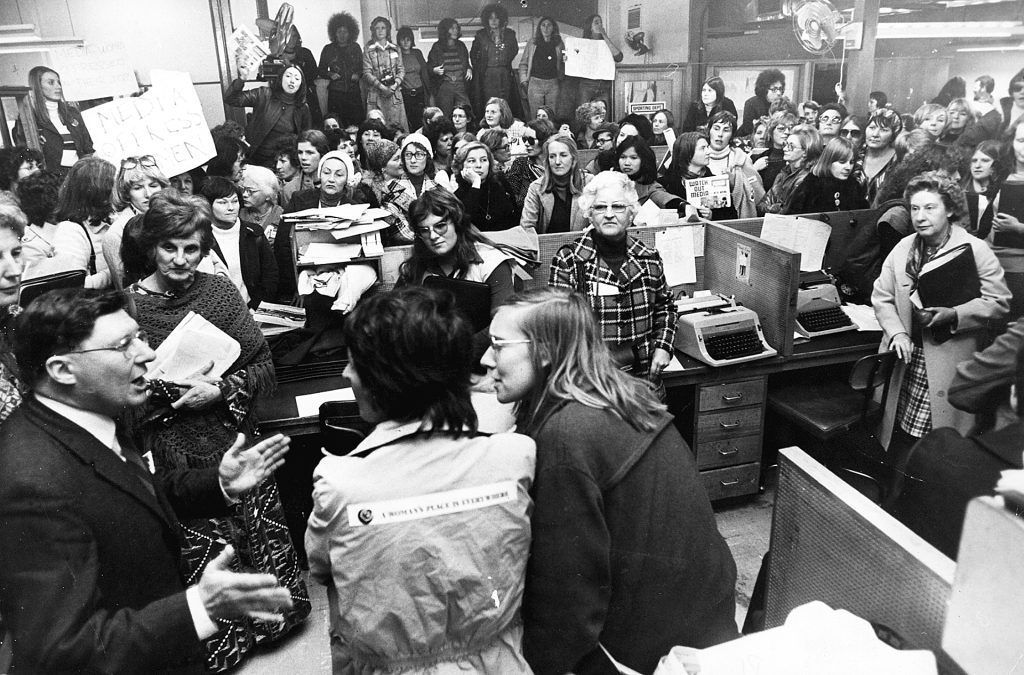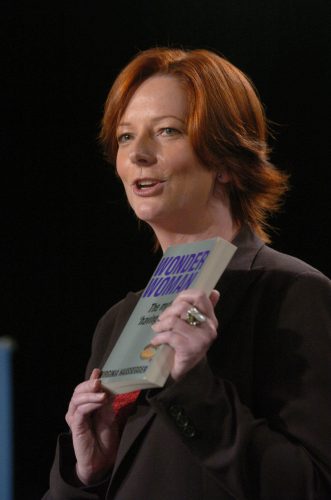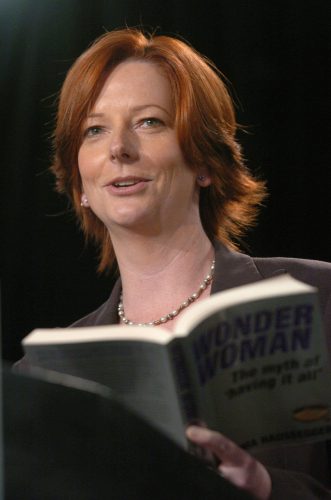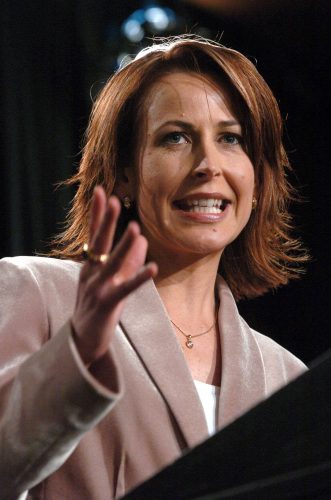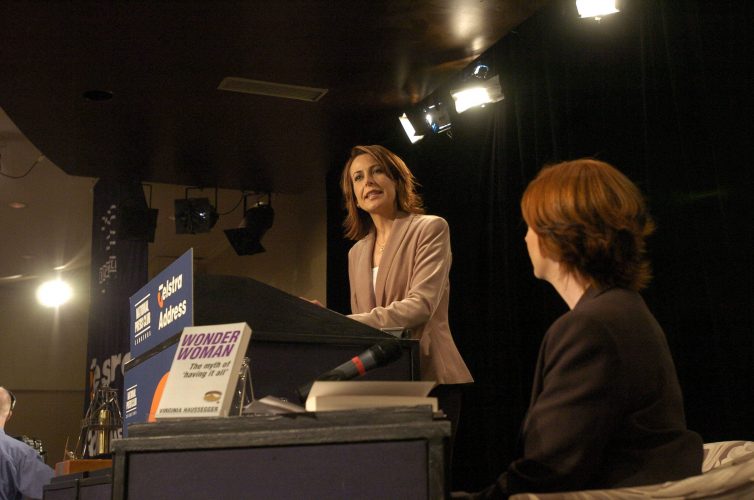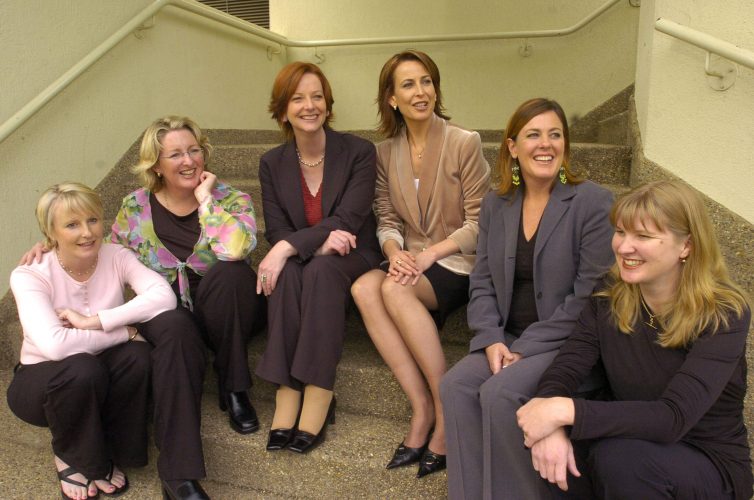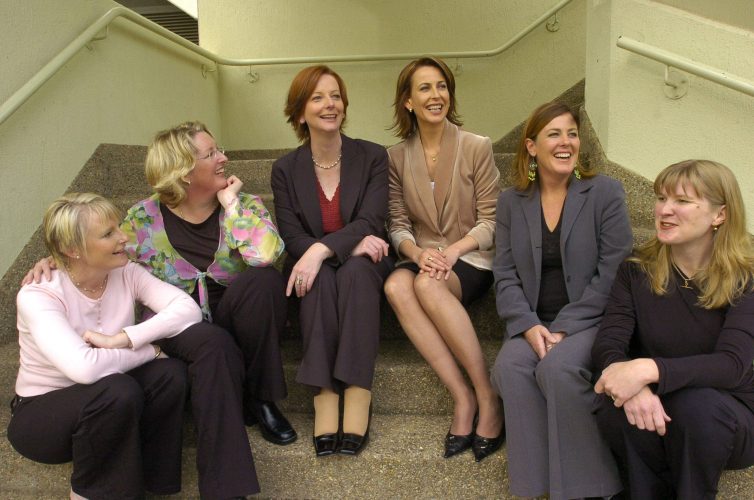Oh, they were mad! Furious. Those wild ‘women’s libbers’. Noisy as hell and heading for the Canberra Times, driven by an unholy trinity – Sexism, Sisterhood and Solidarity. A triple ‘S’ motivation that laid out a feminist blueprint for young women today. But first …
It was late 1975, International Women’s Year, and over 700 women from around the nation had gathered for a week-long ‘Women and Politics Conference’ at Parliament House.
Anyone who wanted to come was financially supported to get there. And come they did! Migrant women, rural women, curious housewives, conservatives, hard left socialists, indigenous women – some drawn by keynote speaker Flo Kennedy, a Black civil rights activist from the US.
This unprecedented gathering was, by all accounts, life changing for those who attended. The program was purposefully radical: designed to challenge and engage women in serious ‘consciousness raising’. It kicked off with dozens of women turning up to the opening night drinks dressed in men’s suits, as the PM’s office had specified ‘business attire’.
The Conference included sessions on ‘Power in Institutions’, navigating ‘Political Bureaucracy’, ‘Women Voters’, ‘Feminist Theory’, ‘Political Office’, and more. But perhaps the noisiest bear pit was the session on ‘The Media’. For good reason.
From the moment the Whitlam government announced funding for initiatives in support of International Women’s Year, the Australian media had a field day sloshing in sexism.
“Giving the girls a go”, puffed the patronizing Australian newspaper; “$2 Million for the Sheilas – surprisingly it’s not a joke”, bellowed The Age; “The Year of the Bird”, chirped the Sunday Telegraph. A “Hen Party” said The Age. Spokeswomen interviewed on TV were told they needed their “bottom slapped”.
Earlier that year, in mid 1975, the United Nation’s had staged the first World Conference on Women, also to mark International Women’s Year. It was a visionary and critically important event, yet the media coverage was either absent or hysterical.
Hostility to the idea that women had a right to politically caucus and were given a prominent UN platform to do so resulted in outright ridicule. “Mum’s the word as the big yak-yak begins”, crowed the Daily Telegraph.
Held in Mexico, the UN conference was the first time such a culturally and economically diverse collection of women had gathered en masse. They came from every corner of the globe with long lists of grievances about the inequity women experienced in their part of the world. All eager to be heard.
Naturally, there were disagreements and disunity expressed during the two weeks of discussions. Predictably, that was all that made news: “Feminists scream insults at meeting”, crowed the Sydney Morning Herald.
Yet, as UK academic Jocelyn Olcott later wrote, 1975 and UN Conference was a turning point, “a moment in which women would see their concerns as linked to a larger web of global issues and after which global policymakers could no longer ignore women”.
The leading role played by Australia’s Elizabeth Reid at this monumental event was largely ignored in the mainstream press. As Women’s Advisor to the Prime Minister, Reid was the first woman in the world to hold such a position. She was also a highly respected, formidable intellect who was razor sharp in focusing the efforts of International Women’s Year on combatting sexism and changing attitudes.
The New York Times called her a “militant feminist” after she addressed the UN on how women are “a colonized sex”, explaining that ‘equality’ was too limiting an aim. Most importantly, Reid urged women to view themselves differently, well beyond the small and limited lives patriarchy had assigned them.
Olcott says Reid emerged as the “Rockstar” of the World Conference on Women, and that it was Reid who saw more clearly than others that the media was the key battleground for shifting attitudes.
It’s perhaps ironic then, and appallingly shameful, that the Australian media was responsible for eventually hounding Reid out of her job.
But weeks before the lonely figure of Elizabeth Reid was filmed almost barked out the door of old parliament house by a male led press pack, the mounting disgust over media mistreatment and rubbishing of the women’s movement hit a new high.
“It was this huge outburst of anger and hurt about being so belittled by the media” says Biff Ward, one of Canberra’s leading women’s liberationists and a speaker at the Women and Politics Conference. Following a particularly patronising editorial by the Canberra Times, which clumsily appeared to lecture women about their true nature and “feminine identity”, Biff and a bunch of the sisterhood marched into the Canberra Times office to demand an end to the sexist and sloppy reporting of women’s issues.
So, have things changed? Has Australian media got the tone and treatment of women right?
That’s one of the pressing questions I’ll be asking an awe-inspiring line-up of living legends, including Elizabeth Reid and Biff Ward, at next week’s Canberra Writer’s Festival. Joined by Gail Radford, Cathy Eatock, Gillian Appleton and historian Michelle Arrow, our session on ‘Radicals, Rebels and Reformers’ will provide raw and fascinating insight.
But most of all it’s an offering – a clarion call to young women.
With pernicious, covert sexism still at play and still messing with women’s lives, perhaps it’s time to reboot the most powerful prongs of that triple S trilogy – Sisterhood and Solidarity.
